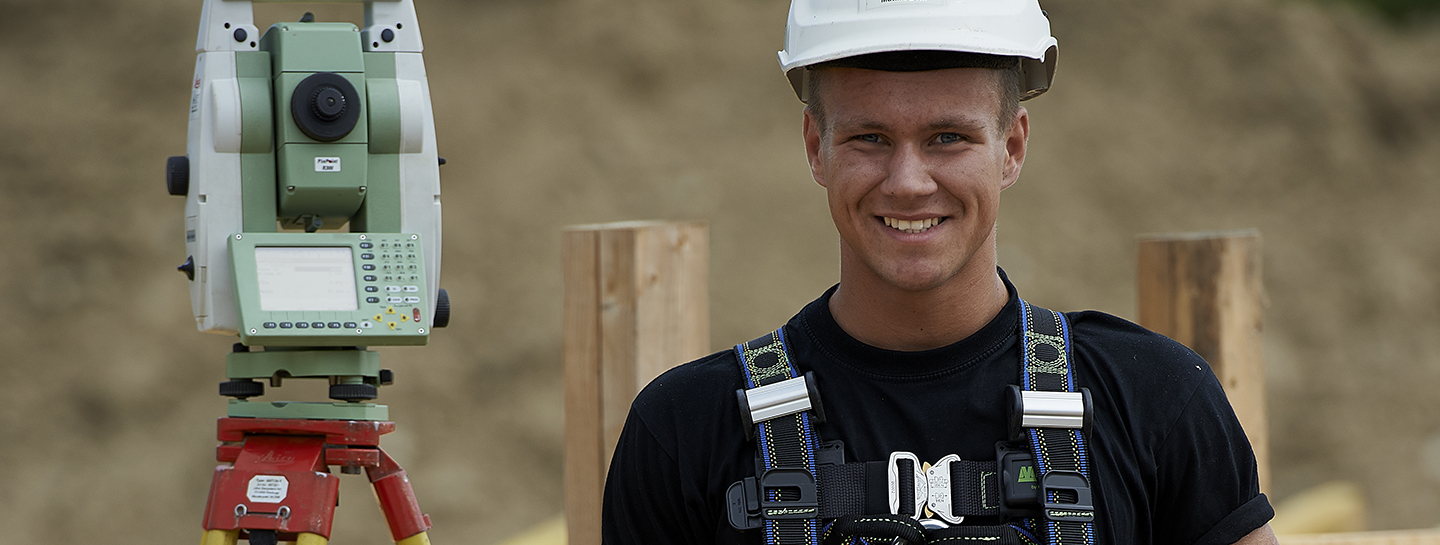Concreter
Profile of skills and competences
A concreter who has finished an apprenticeship and is thus the holder of a journeyman’s certificate is able to:
- Unsupervised and in compliance with applicable health and safety regulations carry out all work processes common to the trade and to the standard expected of a qualified concreter
- Unsupervised plan, organise and perform work professionally and economically in compliance with applicable practices, norms, rules and regulations
Range of occupations accessible to the holder of the certificate
Qualified concreters provide solutions to practical problems in connection with building and construction projects.
They typically undertake tasks such as foundation laying, formwork installation, reinforcement work, concreting work and assembly of building elements.
Concreting work includes concrete casting, vibration, compression and curing in connection with assembly and fitting as well as renovation, repair and maintenance jobs.
Level of certificate
The training programme is a vocational education programme which is placed in:
The Danish qualification framework for life-long learning at level: 4
European Qualification Framework (EQF) at level: 4
Info
The education takes from 4 years to 4 years and 6 months.
The Danish vocational educations are alternating programmes. This means the apprenticer is alternately taught for a period at a school and a period in an approved construction enterprise.
AP Graduate in Construction Technology, Bachelor of Architectural Technology and Construction, Constructor. A person who completes the apprenticeship as EUX-apprentice is eligible to seek admission to an engineering or architectural education. The person is also entitled to secondary supplementary courses necessary to gain access to other, specific higher educations.

